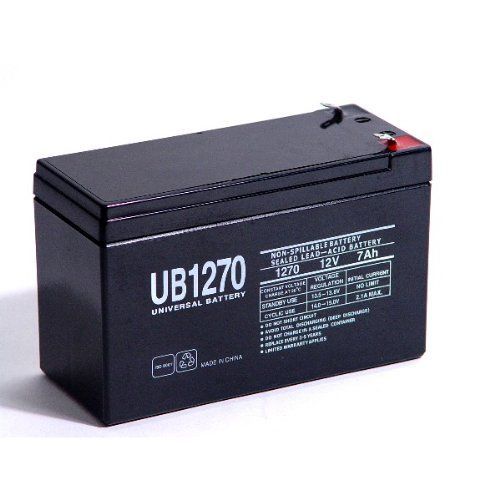
Sodium and lithium batteries are both types of rechargeable batteries, but they differ in terms of their composition, performance, and applications. Here are the key differences between sodium and lithium batteries:
- Composition:
- Sodium Batteries: Sodium batteries use sodium ions (Na+) as the charge carriers. They typically have a sodium-based electrolyte and cathode material.
- Lithium Batteries: Lithium batteries use lithium ions (Li+) as the charge carriers. They typically have a lithium-based electrolyte and cathode material.
- Energy Density:
- Sodium Batteries: Sodium batteries generally have lower energy density compared to lithium batteries. This means they can store less energy per unit volume or weight.
- Lithium Batteries: Lithium batteries have higher energy density compared to sodium batteries. They can store more energy per unit volume or weight.
- Cost:
- Sodium Batteries: Sodium batteries are generally cheaper than lithium batteries. Sodium is more abundant and widely available compared to lithium, which contributes to the lower cost.
- Lithium Batteries: Lithium batteries are more expensive than sodium batteries. Lithium is a relatively scarce resource, and its extraction and refining processes can be costly.
- Safety:
- Sodium Batteries: Sodium batteries are considered safer than lithium batteries. They have a lower risk of catching fire or exploding, making them more suitable for certain applications.
- Lithium Batteries: Lithium batteries are more prone to catching fire or exploding, especially if they are damaged or improperly used.
- Environmental Impact:
- Sodium Batteries: Sodium batteries are more environmentally friendly compared to lithium batteries. Sodium is abundant and easily available, while lithium batteries require rare metals and minerals that can have a negative impact on the environment.
- Lithium Batteries: Lithium batteries have a higher environmental impact due to the extraction and refining processes of lithium and other rare materials.
- Performance:
- Sodium Batteries: Sodium batteries generally have lower performance compared to lithium batteries. They may have lower voltage, shorter lifespan, and limited rechargeability.
- Lithium Batteries: Lithium batteries have higher performance compared to sodium batteries. They typically have higher voltage, longer lifespan, and greater rechargeability.
- Applications:
- Sodium Batteries: Sodium batteries are suitable for large-scale energy storage applications, such as grid-level energy storage and backup power supplies. They are also used in low-speed electric vehicles.
- Lithium Batteries: Lithium batteries are widely used in portable devices (e.g., smartphones, laptops) and electric vehicles. They are also used in smaller-scale energy storage applications.
